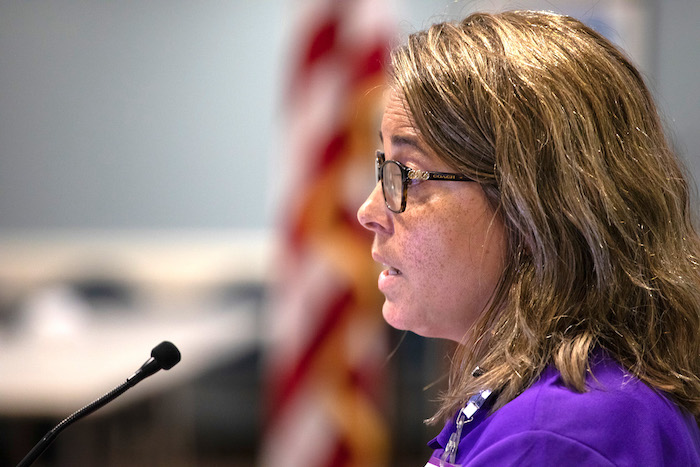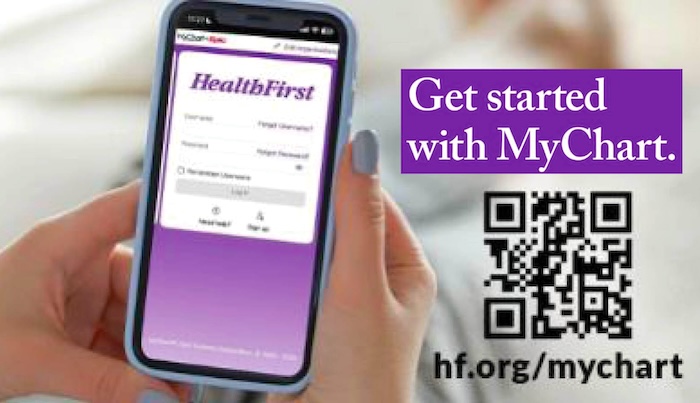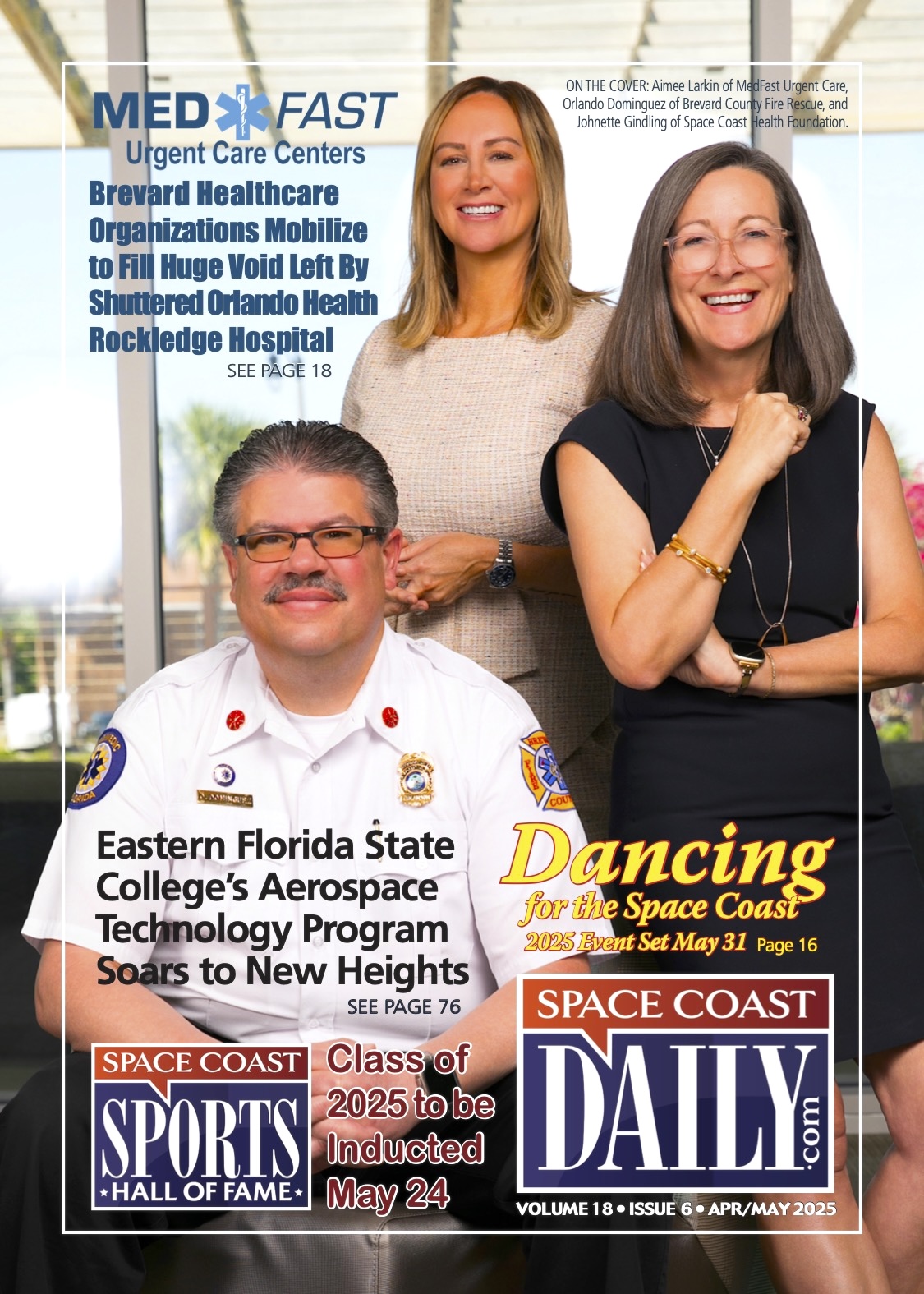STOP THE BLEED: Free Public Program at Health First Aims to Stop the Bleed at a Trauma Scene
By Space Coast Daily // June 7, 2024
Following a traumatic injury, the #1 preventable cause of death is bleeding

BREVARD COUNTY, FLORIDA – Responding to someone else’s traumatic injury “starts with you,” said Health First’s First Flight Chief Nurse and Program Manager Rob Spivey.
Spivey joined Heather Ouellette, Trauma Program Manager at Health First’s Holmes Regional Medical Center, who led three classes free and open to the public to mark STOP THE BLEED® Day on May 23. The outreach came during the 50th anniversary of National EMS Week. The curriculum is composed by the American College of Surgeons.
“Following a traumatic injury, the #1 preventable cause of death is bleeding,” Ouellette said. “Health First really values the dedication our community has to each other, and we trust each of you to take the knowledge and skills you learned here to take action and save someone’s life.”
At a motor vehicle accident, a bystander is typically the first person available to render aid, followed by a police officer, then an EMT or paramedic. Spivey has been a flight nurse for a quarter century, and at every step in this progression, he said, the goal is to stabilize a person and get them to a trauma center where surgery can begin.
In Brevard County, that’s Holmes Regional, the area’s only Level II trauma center.
Therefore, the first step is not to lay hands on the patient but on a phone – dial 9-1-1 and put it on speaker. As a bystander is beginning the critical chain reaction that will deliver the patient to the hospital, the next step is to identify everywhere a person may be bleeding, Ouellette said.
Ouellette herself suffered a bad bleed when she was a child after breaking through a large glass window. Worried she would be in trouble, she played it cool, but she was wearing a heavy coat and no one immediately spotted her upper arm was bleeding profusely – she’d lacerated her brachial artery.
“Clothing may hide life-threatening bleeding,” she cautioned.

Pack and Press
Ouellette, Spivey and four other clinicians, Whitney Adkins, Julie Newhouse, Karl Brennan and Lucy Gomez, facilitated hands-on trainings on packing a wound and applying pressure. Gauze shouldn’t be wrapped around a badly bleeding wound like a Band-Aid but stuffed in the cavity and then pressed tightly with the palms of one’s hands. In lieu of gauze, a piece of clothing will suffice.
The clinicians also took attendees through tourniquet training. Despite what we have seen in movies of fast-acting lifesavers improvising makeshift tourniquets with a belt and a stick, Spivey recommended buying a dedicated tourniquet and storing it in a first-aid kit.
“We get tunnel vision trying to make a makeshift tourniquet work when the most effective tools we have are our hands. More often, they will do the trick. We see this happen all the time.”
Health First sent every trainee home with a complimentary Combat Application Tourniquet (CAT).
There are three places large bleeds happen – the center of the body, the junctures (neck, armpits/shoulders, and groin), and the extremities. The only place a traditional tourniquet can be applied is the extremities, and then, never on a joint.
“If you have a first-aid kit, have a tourniquet in there – buy the tool that works,” Spivey said.

Empowering Civilians to Save a Life
“What’s most effective is the helicopter getting you to the trauma center where a doctor can ligate the source of the bleed,” Spivey said.
“STOP THE BLEED® is part of a world-wide campaign to train bystanders who are at the scene on how to recognize life threatening bleeding and take action to stop the bleed,” Ouellette said. “About 40% of trauma related deaths are due to hemorrhage.”
Along with training meant to respond to bleeding, the clinicians recommend basic CPR training – the two together represent the foundation for any bystander who would intervene to save a life. Blood loss is a major cause of death in a trauma – but heart disease is the leading killer of Americans, and calling 9-1-1, beginning chest compressions and knowing how to operate an automated external defibrillator (AED) are the very best actions a person can do before help arrives.
For information, visit StopTheBleed.org. Visit HF.org/news to keep up on the latest at Health First.














